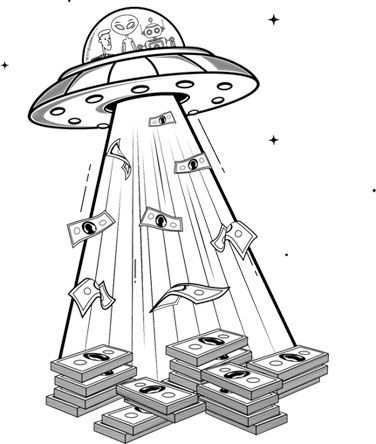The Three-Way Build-Up structure is a classic comedic and storytelling technique often used to create tension, anticipation, and humor. It follows a specific pattern where a scenario or a premise is repeated three times, with the punchline or twist coming at the end. The key to its success lies in the contrast or surprise element delivered on the third iteration. Here’s how it works:
1. Set-Up (First Instance)
The first instance introduces the premise or situation. It’s straightforward and sets the tone, giving the audience a clear idea of what’s happening. There’s no humor or twist here, just the foundation.
- Example in Comedy: A character orders a drink at a bar. “I’ll have a beer.”
- In Storytelling: The protagonist attempts something small, like trying to open a door. They try the doorknob, but it’s locked.
2. Repetition (Second Instance)
The second instance repeats the premise, often with slight variation. This builds anticipation, as the audience expects more of the same. Sometimes, this repetition reinforces the situation without introducing humor just yet.
- Comedy Example: The character orders again, but slightly differently. “Actually, I’ll have a whiskey.”
- Storytelling Example: The protagonist tries again with a little more effort, maybe pushing the door harder or checking for a key. Still no success.
3. Payoff or Punchline (Third Instance)
The third instance introduces a twist, surprise, or contrast, creating the punchline or climax. This is where the humor or emotional payoff happens, breaking the audience’s expectations from the first two instances.
- Comedy Example: On the third try, the character orders something completely unexpected. “Actually, make that a banana smoothie.” The humor comes from the sudden absurdity.
- Storytelling Example: The protagonist kicks the door in frustration, only to have it fall off its hinges, revealing a comedic or unexpected outcome, like finding a secret passage behind it.
Why It Works:
- Pattern Recognition: Humans are wired to recognize patterns, and the first two instances build an expectation that something similar will happen again.
- Rule of Three: The number three is inherently satisfying in storytelling. Two instances set up a pattern, and the third one breaks it in an unexpected way.
- Surprise Element: The humor or intrigue comes from the surprise or contrast on the third instance, which catches the audience off-guard.
The Three-Way Build-Up is especially common in jokes, sketches, and even fable-style stories, making it a powerful tool for humor and engagement in marketing or creative writing.



Leave A Comment